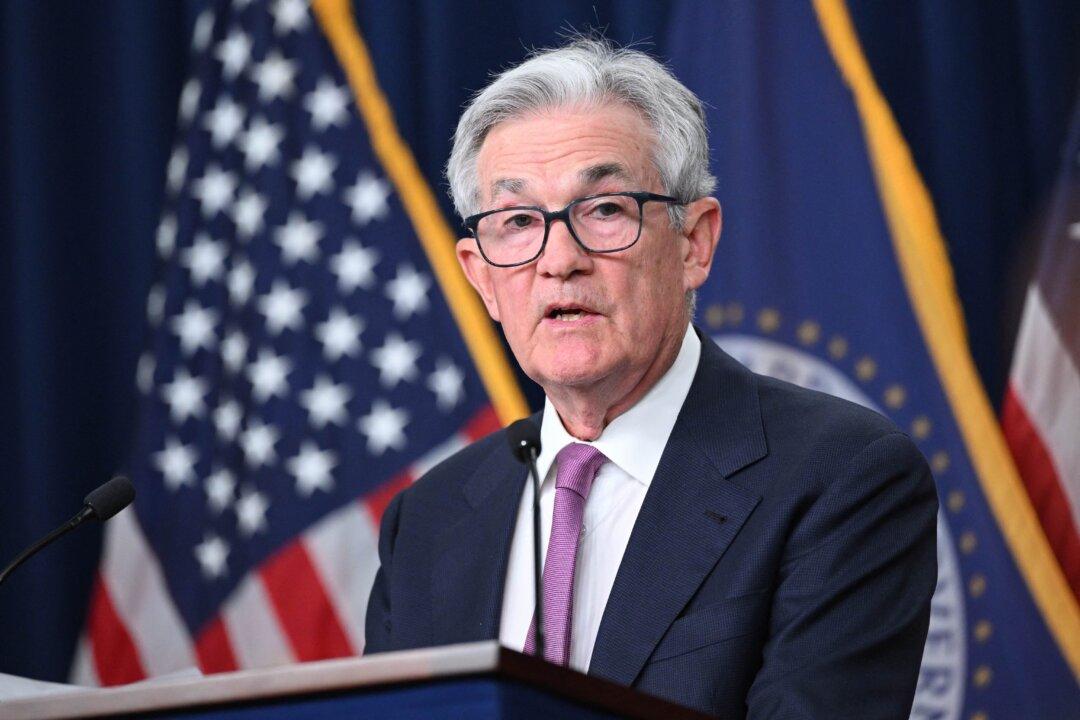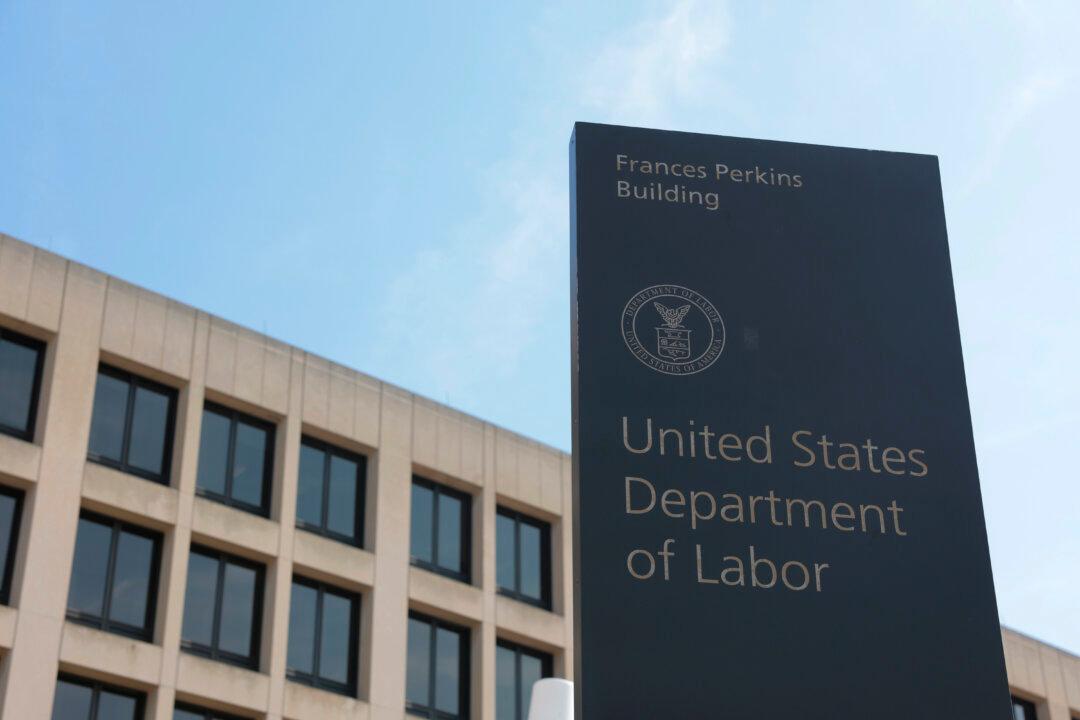Federal Reserve Chair Jerome Powell told a European Central Bank forum that the U.S. economy should expect more monetary policy restrictions to come and that inflation won’t return to its 2 percent target for a couple of more years.
During a panel discussion with his central bank counterparts, Powell said that policy hasn’t been restrictive for a long time. When the institution started its quantitative tightening campaign in March, real (inflation-adjusted) interest rates were negative and only recently touched positive territory.





